THE PRIVATE MUSEUM. THE PASSION FOR CONTEMPORARY ART IN THE COLLECTIONS IN BERGAMO | GAMeC
THE PRIVATE MUSEUM. The passion for contemporary art in the collections in Bergamo
Opening: 5 October 2010, 6:30pm
Further to the exhibition, some citizens of Bergamo – including Gianfranco Spajani and Gianfranco and Marta Stucchi – decided to donate the best works in their collections to the City of Bergamo and the Accademia Carrara for the Galleria d’Arte Moderna e Contemporanea, in the wake of the great tradition of patronage that is uniquely characteristic to the City of Bergamo, from the origins of the Accademia Carrara founded by Giacomo Carrara in 1796.
Art collecting, with special focus on contemporary works demonstrates the experimentation and research involved in the visual culture of our times. The purpose of this exhibition ‘THE PRIVATE MUSEUM. The passion for contemporary art in the collections in Bergamo’ is to present to what extent and in what cultural direction the city has developed since 1991, through a selection of works of contemporary art bought by collectors of Bergamo throughout the course of their experience.
Academic research has shown that many collections have grown in the last twenty years, and that there has been significant growth in the number of new enthusiasts.
There are many reasons for collecting, Giacinto Di Pietrantonio reminds us in the exhibition catalogue: “Although contemporary art skeptics are quick to point out the economic factor, there are still other reasons for collecting, such as the fact that more and more people are realizing how much art is able to enrich their lives, or that the value of the work is not merely the result of its capacity to resist time, but also its ability to reflect contemporary reality; or else that art maintains the mind and the challenge to live the present that is also made of sensations drawn from the unconscious, which is sometimes tiresome, but true, and that a collection must be something more than the sum total in order to assume its own identity”.
Their research has led them to explore collecting ranging from Programmed and Kinetic Art to Arte Povera to Conceptual Art, from the Transavanguardia to Postmodernism with an international approach, and not excluding artists working in Bergamo.
As M. Cristina Rodeschini maintains in her text in the catalogue, “one of the criteria of the project has been to present structured collections in the show that are the fruit of personal taste, but above all a cultural passage that recognizes collecting as a constant research exercise. […] Bringing works together in order to give shape to a collection is an effort that requires in-depth awareness as well as the pleasure of allowing oneself to be surprised by the unexpected. The collections are gradually structured and they change: with each new work the relationships between all the others are recalibrated. They may also be transformed by partial alienations of the collections, in order to have the pleasure of initiating new experiences. Each collector seeks a way to keep the indissoluble couple of desire-possibility in a delicate balance. There are many reasons presiding over the choices and wealth remains among the differences once again.”
Giacinto Di Pietrantonio continues: “With the increased specialization of knowledge the artist is perceived as unique, art nonetheless remains an island of multidisciplinary aspects, while collecting — acquiring works — acts as a place for supporting Man’s complexity as witnessed by art.”
Bergamo is an important point of reference in the field of art collecting, in part because of the relationship that the public institutions have successfully woven with the city and that the Accademia Carrara and the GAMeC symbolize par excellence.
The contemporary art collections in the territory of Bergamo bring together many high quality works, in many cases veritable museum “pieces” that have never before been on public display, and this exhibition offers a unique opportunity to admire a heritage of about 200 works that are otherwise inaccessible.
On Show:
A12, Marina Abramovic, Carla Accardi, Vito Acconci, Vincenzo Agnetti, Eija-Liisa Ahtila, Mario Airò, Getulio Alviani, Meris Angioletti, Giovanni Anselmo, Nobuyoshi Araki, Rodolfo Aricò, Stefano Arienti, John Armleder, Atelier Van Lieshout, Richard Avedon, Maja Bajevic, Olivo Barbieri, Matthew Barney, Gabriele Basilico, Bernd and Hilla Becher, Vanessa Beecroft, Fausto Bertasa, Mariella Bettineschi, Joseph Beuys, Alighiero Boetti, Agostino Bonalumi, Candice Breitz, Olaf Breuning, Angela Bulloch, Sophie Calle, Nino Calos, Mircea Cantor, Rino Carrara, Lawrence Carroll, Valerio Carrubba, Maurizio Cattelan, Christo, Francesco Clemente, John Coplans, Tony Cragg, Martin Creed, Mario Cresci, Enzo Cucchi, Roberto Cuoghi, Aaron Curry, Keren Cytter, Dadamaino, Gino De Dominicis, Wim Delvoye, Sam Durant, Olafur Eliasson, Elmgreen&Dragset, Weng Fen, Gianfranco Ferroni, Sylvie Fleury, Franco Fontana, Tom Friedman, Giuseppe Gabellone, Cyprien Gaillard, Stefania Galegati, Regina José Galindo, Anna Galtarossa, Andrea Galvani, Ryan Gander, Carlos Garaicoa, Alberto Garutti, Kendell Geers, Piero Gilardi, Gilbert & George, Nan Goldin, Douglas Gordon, Dan Graham, Giorgio Griffa, Alberto Guidato, Shilpa Gupta, Damien Hirst, Rebecca Horn, Roni Horn, Zhang Huan, Gary Hume, Irwin, Emily Jacir, Ilya Kabakov, Anish Kapoor, Hannu Karjalainen, Kcho, Joseph Kosuth, Jannis Kounellis, Yayoi Kusama, Ketty La Rocca, Luisa Lambri, Bertrand Lavier, Richard Long, Clara Luiselli, Margherita Manzelli, Robert Mapplethorpe, Eva Marisaldi, Jason Martin, Andrea Mastrovito, Paul McCarthy, Allan McCollum, Mario Merz, Jonathan Monk, François Morellet, Yasumasa Morimura, Liliana Moro, Zwelethu Mthethwa, Bruno Munari, Vik Muniz, Takashi Murakami, Ciprian Muresan, Hidetoshi Nagasawa, Kenneth Noland, Luigi Ontani, Catherine Opie, Dennis Oppenheim, Gabriel Orozco, Adrian Paci, Gina Pane, Giulio Paolini, Pino Pascali, Yan Pei-Ming, Alessandro Pessoli, Gianriccardo Piccoli, Pino Pinelli, Michelangelo Pistoletto, Paola Pivi, Avery Preesman, Luigi Presicce, Riccardo Previdi, Dimitri Prigov, Daniele Puppi, Gerhard Richter, Pietro Roccasalva, Ugo Rondinone, Matteo Rubbi, Thomas Ruff, Paolo Scheggi, Mario Schifano, Serse, Santiago Sierra, Alessandro Zuek Simonetti, Nedko Solakov, Ettore Spalletti, Giuseppe Stampone, Rudolf Stingel, Thomas Struth, Pascale Marthine Tayou, Wolfgang Tillmans, Marco Tirelli, Rirkrit Tiravanija, Patrick Tuttofuoco, Ian Tweedy, Piotr Uklanski, Giuseppe Uncini, Carlo Valsecchi, Victor Vasarely, Nico Vascellari, Ben Vautier, Vedovamazzei, Claudio Verna, Claude Viallat, Li Wei, Lawrence Weiner, Franz West, Entang Wiharso, Sislej Xhafa, Jiang Zhi, Gilberto Zorio.
Throughout the show, the collections will be the protagonists of the art scene as they will remain on display longer than the temporary exhibitions, although the latter, through their own displays, will also enrich the meaning and value of Bergamo’s collections.
Knowledge, which is settled by the production of a show such as this, is fundamentally important, both because it updates the museum as to the dynamics of taste in the cultural community within which it operates, and because it consolidates the indispensable dialogue between collectors and the museum, which has deeply established roots in Bergamo.

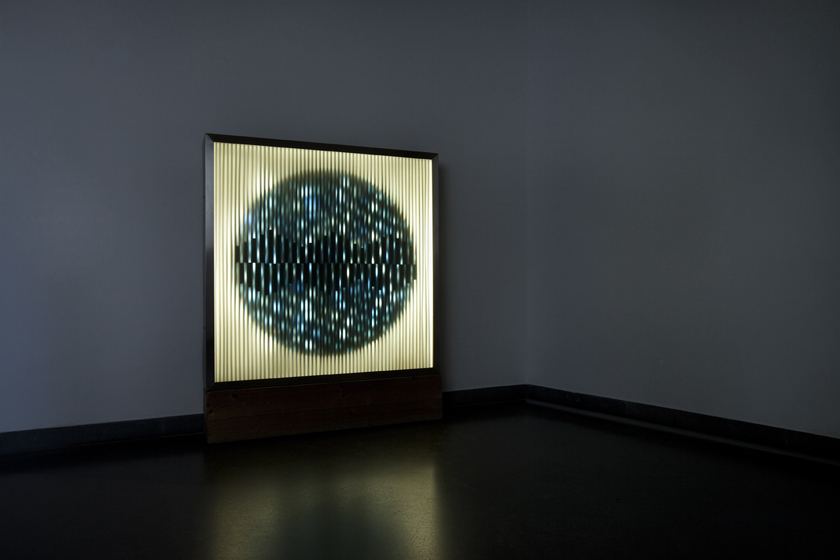
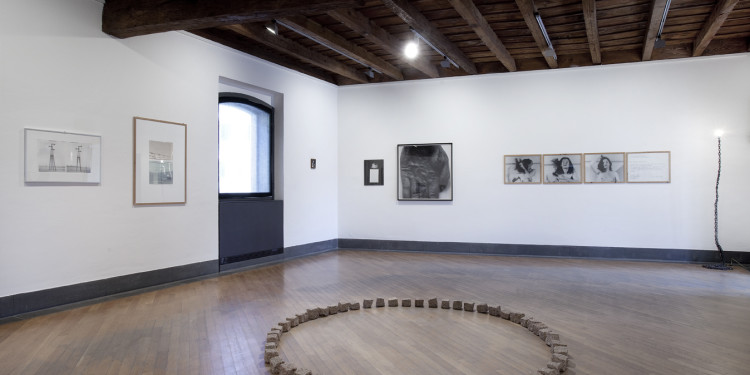
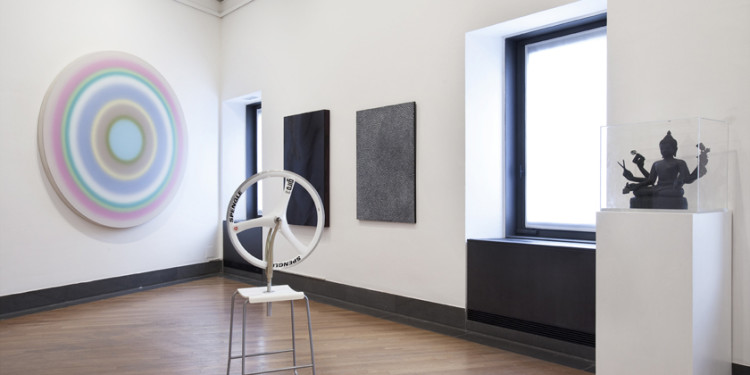
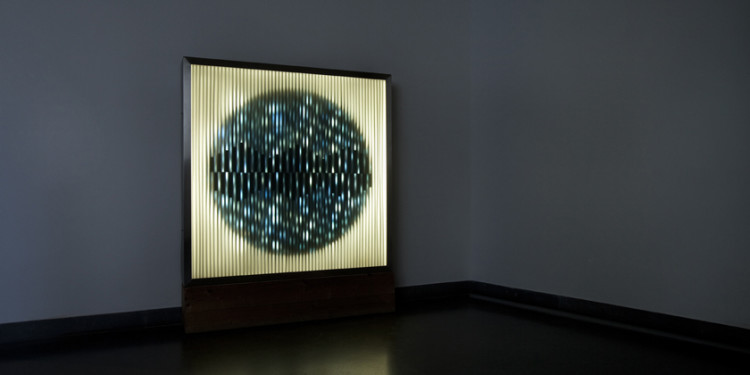
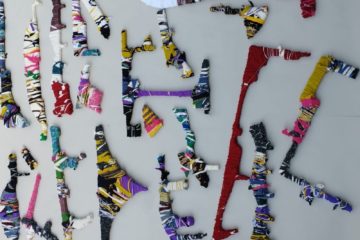
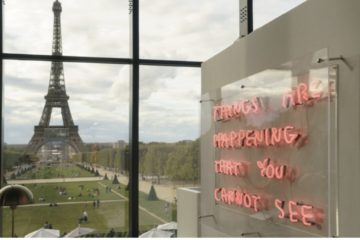
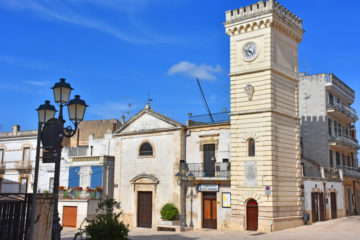
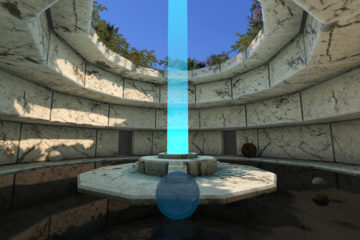

No Comment